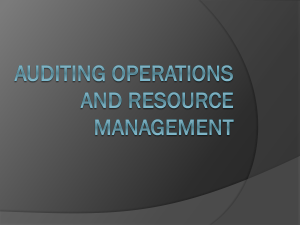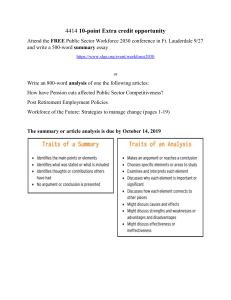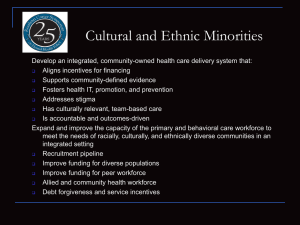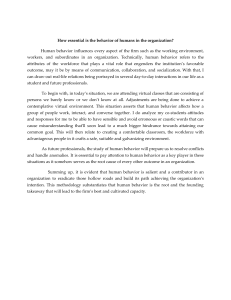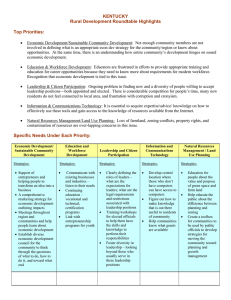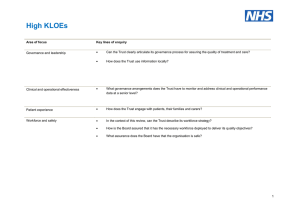HCL Ideathon_Sowjanya_Kanuri
advertisement
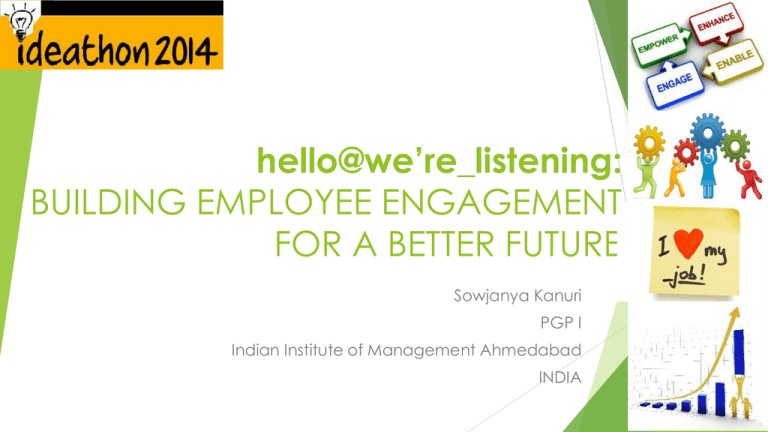
hello@we’re_listening: BUILDING EMPLOYEE ENGAGEMENT FOR A BETTER FUTURE Sowjanya Kanuri PGP I Indian Institute of Management Ahmedabad INDIA 4 out of 10 workers disengaged globally 91% of Millenials expect to stay in a job for less than 3 years 59% HR professionals believe retaining and rewarding best employees will be firm’s greatest challenge 80% market value of firm from intangible assets (esp. workforce) in 2002 compared to 38% in 1982 Some interesting numbers… Employee turnover costs range from 20% to 213% of annual salary Japan’s lost productivity due to unengaged workforce estimated at $232 billion annually Service jobs: 3.2 years Median: Management, professional and related jobs: 5.5 years 4.6 years 65 and over: 10.3 years 25-34: 3.2 years Median tenure at a job Scientific management Rationalizing organizational behaviour through extensive and detailed task analysis, systematization, and routinization • High degree of control • Hierarchy important Group of employees fully responsible for a work process • Employee “ownership” • Less involvement of top management Self directed team Taylor theory (traditional) Models of organizational effectiveness Physical, cognitive and emotional attachment to one’s job • Higher commitment, involvement, productivity • Measurable and can be correlated with performance Employee engagement Moving towards employee engagement… “To win in the marketplace you must first win “Your number one customers are your in the workplace.” – Doug Conant, CEO of people. Look after employees first and then Campbell’s Soup customers last.” -Ian Hutchinson, author of “The way your employees feel is the way People Glue And engaged your customers will feel. And if your employees don’t feel valued, neither will your customers.” - Sybil F. Stershic, Taking Care of the People Who Matter Most: A Guide to Employee-Customer Care. employees in self directed teams.. E V O L V I N G S T R A T E G Y Time to imitate an innovation has come down from nearly 100 years during the 19th century to 12-18 months – no longer a source of competitive advantage Increasing emphasis on execution over innovation and employees play the key role in this strategy Differentiation based on a superior workforce is becoming common as such companies enjoy lower absenteeism, lower turnover, higher productivity all leading to higher profitability Case Study : 2002 employee attitude survey showed only half the workforce was engaged Improved employee engagement led to annual savings of $8.8 million from the drop in attrition and absenteeism rates at European plant and a 70% increase in output at Asia Pacific plant
